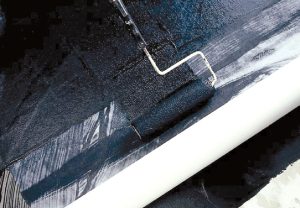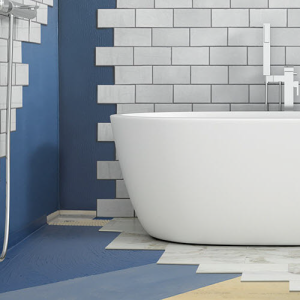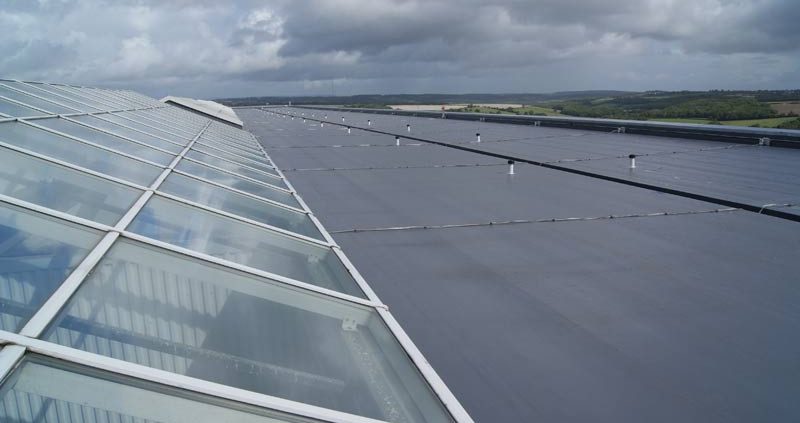Understanding the Importance of Waterproofing
Waterproofing is a crucial aspect of construction and building maintenance. It serves to protect structures from water damage, ensuring their longevity and structural integrity. In this article, we will explore where waterproofing should be installed to achieve optimal results.
The Foundation: First Line of Defense
When it comes to waterproofing, the foundation is the primary area that demands attention. The foundation of a building is susceptible to water intrusion, and if not adequately protected, it can lead to severe structural issues over time. Applying a waterproofing membrane to the exterior of the foundation walls creates a barrier, preventing water from seeping into the building.

Basement Waterproofing: Guarding Against Below-Grade Issues
Basements are often prone to water infiltration due to their below-grade location. Installing waterproofing systems in basements is crucial to prevent issues such as mold growth, dampness, and structural damage. Interior and exterior basement waterproofing methods, such as the application of waterproof coatings and drainage systems, are effective in keeping basements dry and habitable.
Exterior Walls: Shielding the Structure
Water can find its way into a building through cracks, gaps, or porous materials in exterior walls. Applying waterproofing materials to the exterior walls acts as a protective shield, preventing water penetration. This is especially important in regions with heavy rainfall or high humidity, where the risk of water damage is heightened.
Roof Waterproofing: Safeguarding from Above
While many may associate waterproofing with horizontal surfaces, roofs are equally susceptible to water damage. Flat roofs, in particular, require specialized waterproofing to prevent water pooling and leaks. Roof membranes, sealants, and proper drainage systems are essential components of an effective roof waterproofing strategy.
Windows and Doors: Sealing Potential Entry Points
Windows and doors are common entry points for water, especially during heavy rain or storms. Proper sealing and waterproofing around windows and doors are essential to prevent water infiltration. Weatherstripping, sealants, and ensuring proper installation are key factors in safeguarding these vulnerable areas.

Bathroom and Kitchen: Interior Waterproofing
Interior spaces, such as bathrooms and kitchens, are prone to water exposure due to daily activities. Applying waterproofing measures in these areas is essential to prevent water damage to walls, floors, and fixtures. Waterproof membranes, sealants, and proper ventilation are crucial components of interior waterproofing.
Crawl Spaces: Often Overlooked But Important
Crawl spaces are often overlooked in waterproofing strategies, yet they can be a breeding ground for mold and mildew if not properly protected. Encapsulating crawl spaces with waterproof barriers, installing proper ventilation, and addressing drainage issues are vital for maintaining a dry and healthy environment.
Regular Maintenance: Ensuring Long-Term Effectiveness
Waterproofing systems require regular inspection and maintenance to ensure their long-term effectiveness. Checking for signs of wear, repairing any damage promptly, and reapplying waterproofing materials as needed are essential for preserving the protective barriers and preventing water-related issues.
Conclusion: Comprehensive Waterproofing for Structural Resilience
In conclusion, understanding where waterproofing should be installed is key to ensuring the structural resilience of a building. From foundations to roofs, and from exterior walls to interior spaces, a comprehensive waterproofing strategy is essential for protecting against water damage and preserving the longevity of structures.

